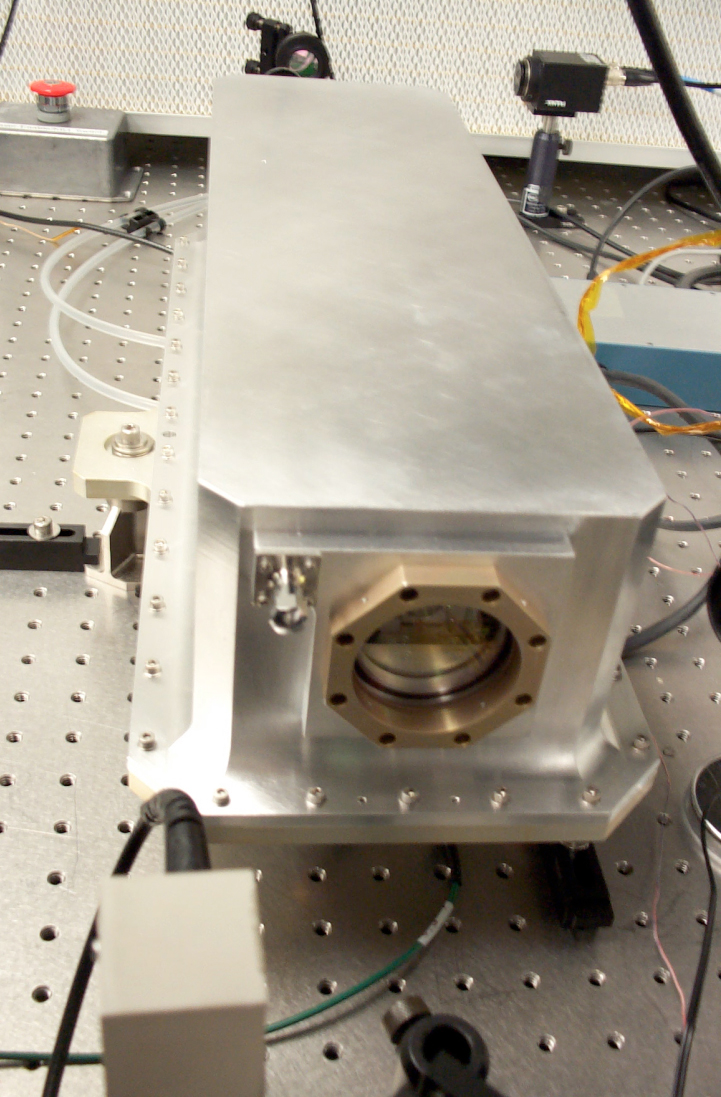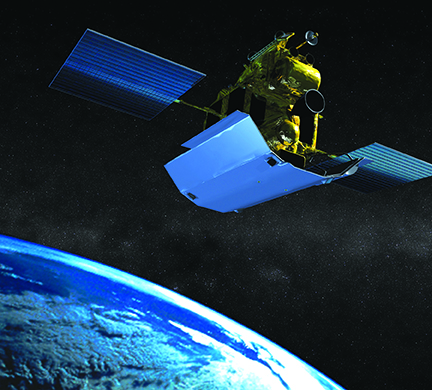HOMER Laser Enabled GEDI, Aided MESSENGER Calibration

The bench top HOMER laser in an air-tight enclosure, from 2005. (Image credit: D. B. Coyle / NASA)
In 2014, an early ESTO-funded laser project at Goddard Space Flight Center – the High Output Maximum Efficiency Resonator (HOMER) – was selected to play a key role in NASA’s Global Ecosystem Dynamics Investigation (GEDI) Mission.
Launched to the International Space Station in December 2018, GEDI produces elevation profiles of Earth’s forests to measure biomass, study habitats, and provide deforestation estimates for climate research. GEDI accomplishes this using three HOMER laser transmitters to produce 12 parallel, 25-meter-wide tracks on the Earth’s surface. The returning laser signals provide insight into the three-dimensional structure of vegetation within those swaths.
Work began on HOMER as early as 2003, with bench top development and extensive testing, including a multi-billion laser shot test. The laser was designed for efficient operation at 15-20 mJ with a minimum number of components to reduce flight risks for space-based remote sensing.

An artist’s depiction of MESSENGER’s Earth flyby. (Image credit: NASA/JHU-APL/Carnegie Institution)
A record setting transmission
In May 2005, HOMER was also used to communicate with the Mercury Laser Altimeter (MLA) instrument aboard the MESSENGER spacecraft during an Earth fly-by. In orbit around Mercury, MLA provided high-precision mapping of topography from 2011 to 2015. The primary objective of the Earth fly-by tests was calibration of MLA: to determine instrument pointing, to verify laser characteristics, and to verify ranging system performance.
Installed at NASA’s Goddard Geophysical and Astronomical Observatory in Maryland, HOMER exchanged laser pulses with MLA over approximately 15 million miles, a record distance for laser communication. The successful tests also marked the first back-and-forth exchange of laser signals between Earth and space (the Galileo probe received a one-way laser transmission from Earth at a distance of about 4 million miles in 1992).